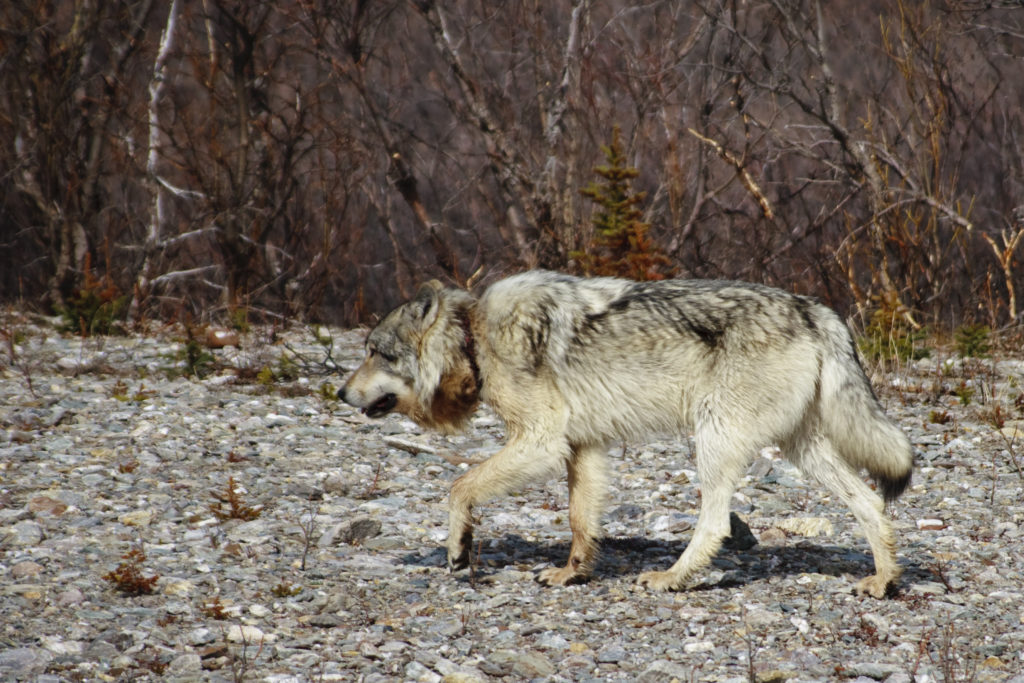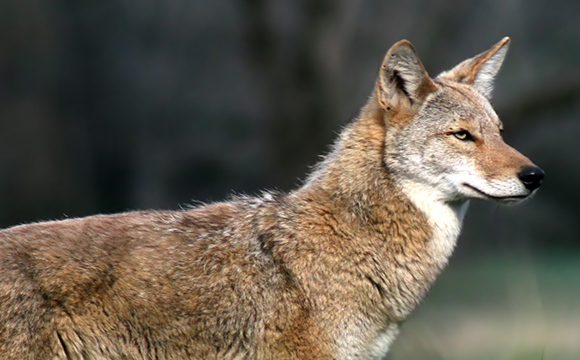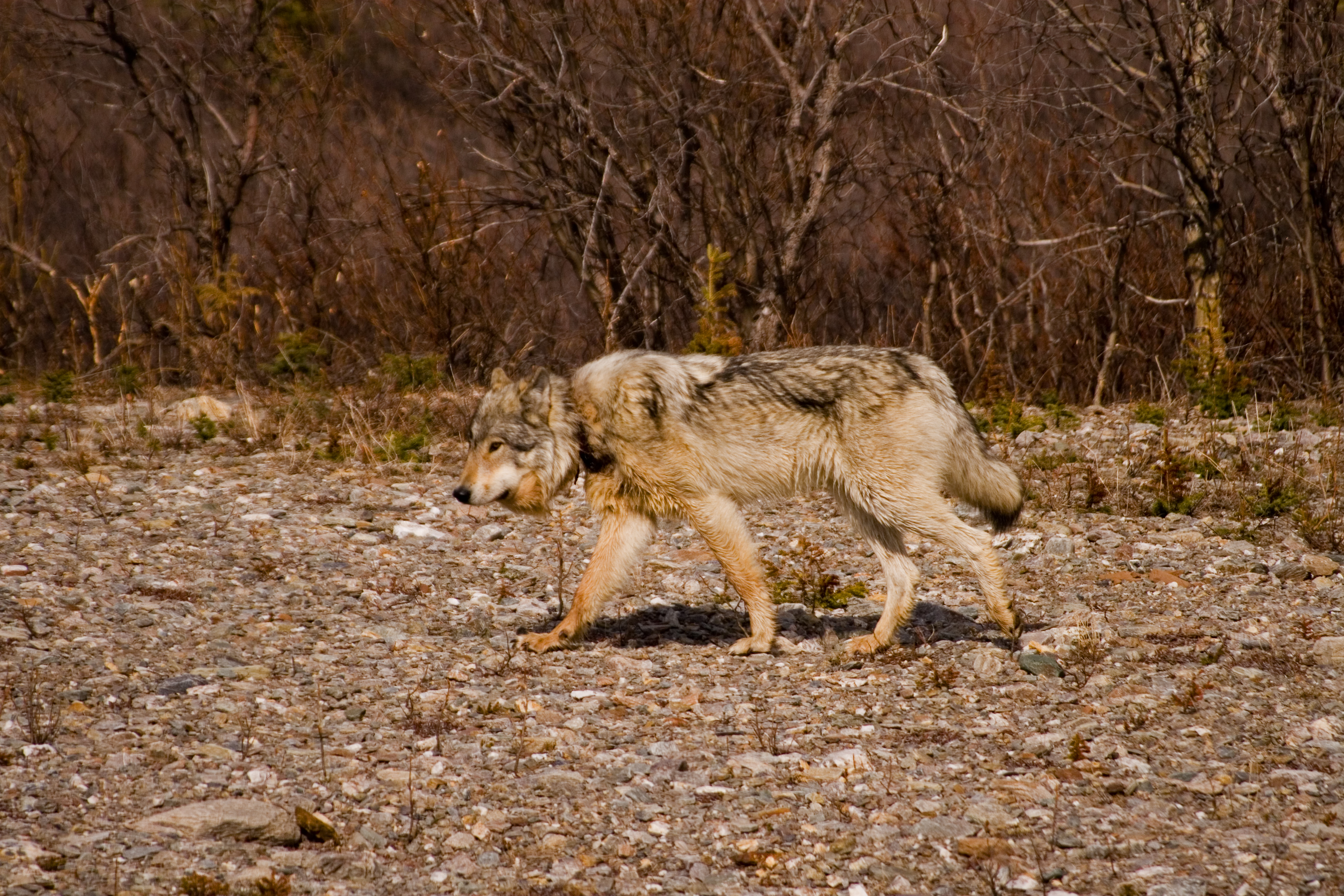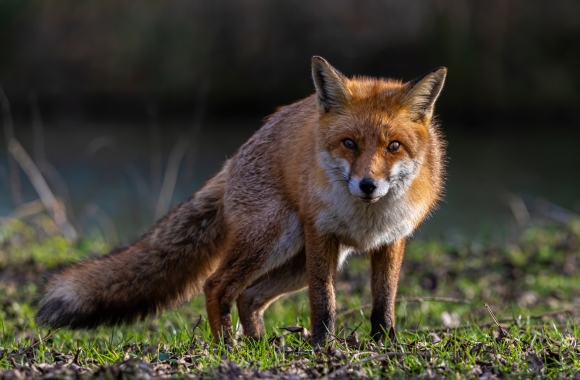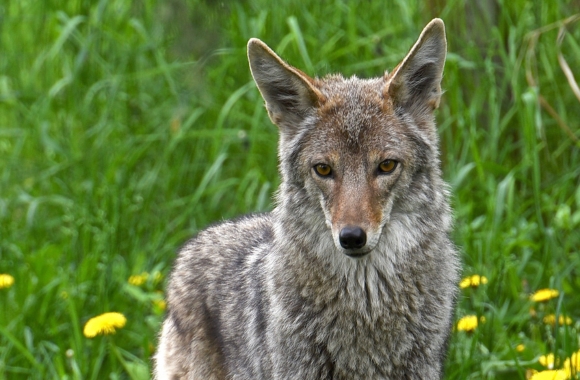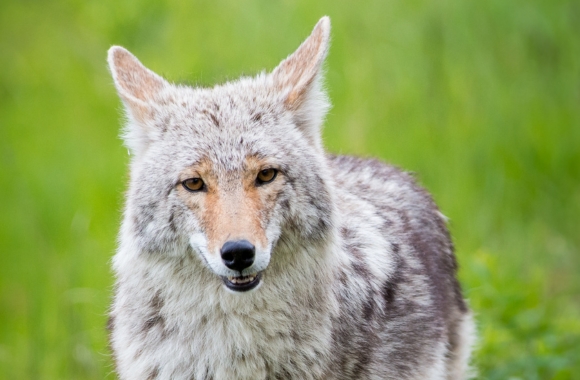Trapping Poses a Danger to Non-Target Animals and People
Trapping is not only dangerous to targeted wildlife, it also poses a threat to non-targeted animals, such as pets and protected species, and even to people, who may become caught accidentally in traps. One Wyoming family lost all three of their dogs to traps! Born Free USA maintains a database of non-target trapping incidents to catalogue these events.
“It’s hard to believe people use these awful traps. No one went back to check on it. It’s horrible that someone would leave an animal to die for no apparent reason. I really hope people see what happened to him and think twice before they put something like that down.”
Pet owner whose cat, Max, was caught in a trap in Pennsylvania in 2013.
Inadequate Federal and State Laws and Enforcement
It is often said that trapping is an issue for state governance. Trapping seasons, how often traps need to be checked, what type of traps are legal to use and on what species is all largely regulated through the individual states. The statistics, however, show that these laws do not work. Despite the savage and ubiquitous nature of trapping, laws – federal or state – do not provide adequate safeguards. And, trapping is everywhere – public, private, and even protected lands and recreational areas are not immune, including many National Wildlife Refuges.
